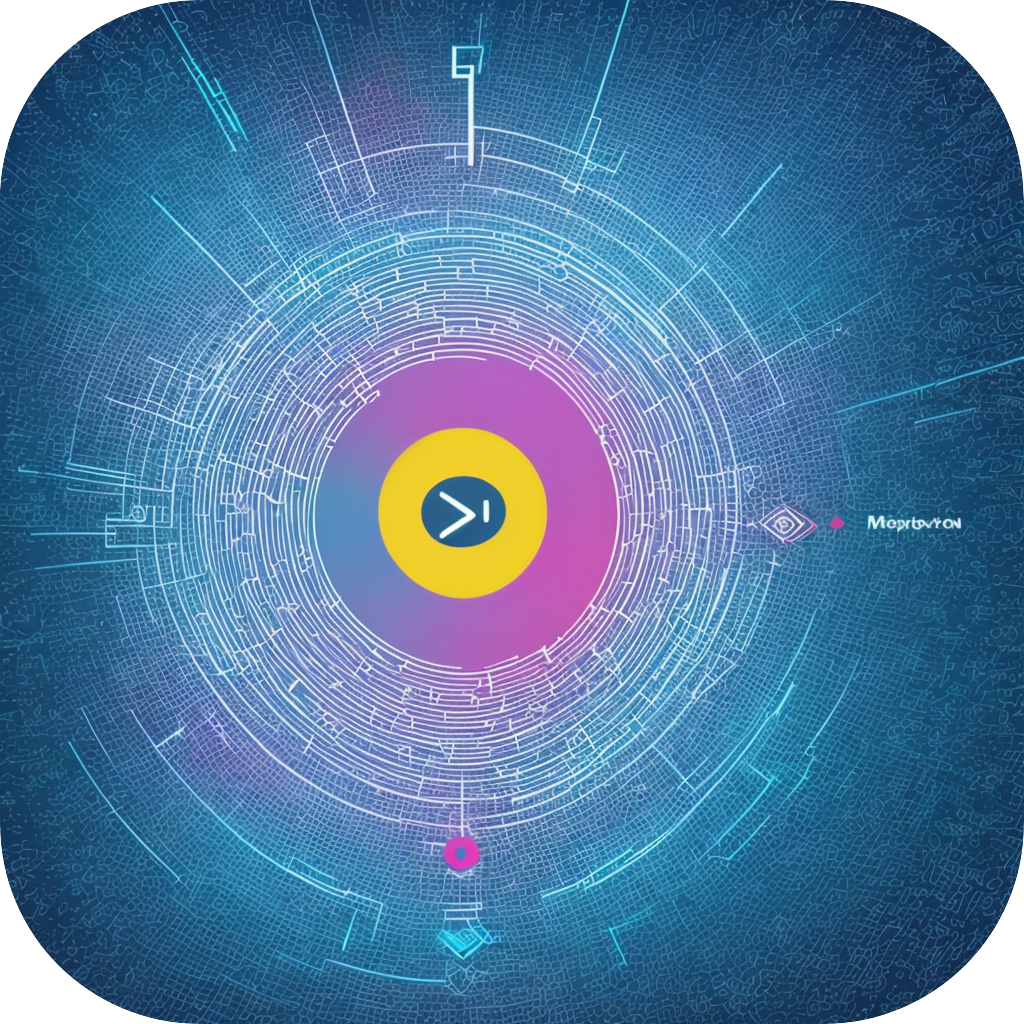Subtitle Magic: Elevating the Movie-going Experience
Subtitle translation, a technological facet often overshadowed by the spectacle of modern cinema, plays an integral role in the movie-watching experience. These “unsung heroes” have evolved significantly over the years, transforming from mere textual barriers to essential narrative facilitators and enhanced engagement tools. By unraveling the evolution and impact of subtitles, we can appreciate their importance in cinema and the cultural understanding they promote.
The Birth of Subtitle Magic
Subtitles were born in an attempt to bridge the gap between films that were not originally in a viewer’s native language, providing a universal solution to linguistic barriers. Often seen as a source of initial frustration—having the subtitles take up the screen space typically reserved for images—they were considered an obstacle to the immersive experience cinema was meant to provide. However, over time, the acceptance and purpose of subtitles have significantly expanded.
The Power of Translation
Translation, the core function of subtitles, has become an art form in itself, requiring a balance between literal accuracy and creative delivery to enhance rather than detract from the movie’s narrative. This complexity is a testament to the unsung heroes behind the scenes working tirelessly to ensure subtitles serve as complementary elements rather than mere textual distractions. Their proficiency lies in preserving the nuances and emotive power of dialogues as closely as possible while also making them accessible and enjoyable for non-native speakers.
Cultural Connection
Beyond linguistic barriers, subtitles have become a gateway to cultural understanding, exposing audiences to diverse stories, viewpoints, and artistic expressions. Viewers, who might have missed out on a genre due to language obstacles, are now able to appreciate the rich tapestry of global cinema. Subtitles enable a connection to the cultural context in which films are created, providing depth and a broader perspective to the viewer’s cinematic experience.
Accessibility and Inclusivity
In recent times, subtitles have also taken on a critical role in accessibility, serving as vital tools for individuals with hearing impairments and those in noisy environments. The advent of captioning for deaf and hard-of-hearing audiences has expanded the accessibility of cinema, making it more inclusive for all. Moreover, subtitles can be translated for international audiences, ensuring that films reaching a global market are accessible to a wider demographic.
Technology’s Quantum Leap
Today’s technological advancements have revolutionized subtitles, making them more efficient and less intrusive. Timed text synchronization, automated speech recognition, and machine translation are just a few of the modern technologies improving the quality and immediacy of subtitles, striving to eliminate the latency and errors common in traditional manual translation.
The Future of Subtitle Magic
As cinema and technology continue to evolve, the potential for subtitles is vast. AI-driven translation is anticipated to bring even greater accuracy, adaptability, and flexibility to subtitles, enhancing their role as a transformative tool in modern cinema. Moreover, the integration of subtitles into virtual reality and augmented reality experiences could redefine how audiences experience foreign or immersive content.
Conclusion
In conclusion, the unsung heroes of the movie-going experience are the teams behind the scenes who tirelessly refine and translate subtitles, making global films accessible and inclusive. As technology reshapes the way narratives are conveyed, subtitles are poised to evolve, continuing to enrich our cinematic universe by bridging linguistic divides, enhancing cultural understanding, and promoting inclusivity. They do not merely serve as a textual layer; they are integral to enriching the movie-watching experience, offering a truly universal medium of storytelling and understanding.
